Το κάλιο είναι ένα μέταλλο που λειτουργεί στο σώμα μας ως ηλεκτρολύτης και συμβάλλει μαζί με τους άλλους ηλεκτρολύτες
(κάλιο, νάτριο, μαγνήσιο κλπ) στην ρύθμιση της ισορροπίας των υγρών στο
σώμα καιάλλων βασικών λειτουργιών, όπως η πίεση του
αίματος, ο καρδιακός ρυθμός, στις μυϊκές συσπάσεις, στα νευρικά
σήματα, την πέψη και την ισορροπία του pH (οξύτητα ή αλκαλικότητα).
Το σώμα μας δεν παράγει κάλιο,
επομένως είναι σημαντικό να καταναλώνουμε μια σωστή ισορροπία τροφίμων
που έχουν κάλιο και άλλους ηλεκτρολύτες. Τροφές πλούσιες σε κάλιο είναι
αρκετά φρούτα και τα λαχανικά. Tο μέταλλο δεν αποθηκεύεται στο σώμα μας και άρα η καθημερινή του κατανάλωση είναι απαραίτητη.
Πόσο κάλιο χρειαζόμαστε;
Οι ειδικοί συστήνουν την ημερήσια κατανάλωση τουλάχιστον 3,400 mg και 2,600 mg
καλίου για τους ενήλικες άνδρες και για τις γυναίκες αντίστοιχα. Κατά
την εγκυμοσύνη και το θηλασμό, οι συστάσεις είναι ελαφρώς αυξημένες
(2,900 mg και 2,800 mg). Σε αρκετές περιπτώσεις , μάλιστα, προτείνεται
να καταναλώνονται τουλάχιστον 4,700 mg καλίου καθημερινά, για βέλτιστα
αποτελέσματα στην υγεία.
Οι φυσιολογικές τιμές καλίου στο αίμα κυμαίνονται μεταξύ 3.5 και 5.0 mEq/L. Χαμηλότερα ποσά υποδηλώνουν υποκαλιαιμία, ενώ μεγαλύτερα υπερκαλιαιμία. Η υποκαλιαιμία αποτελεί την πιο συχνή κατάσταση εκ των δύο.
Τροφές με κάλιο
Από τα πρώτα ερωτήματα που έρχονται στο μυαλό όταν κάποιος έχει διαταραγμένα επίπεδα είναι ποιες τροφές έχουν κάλιο! Θα το βρούμε σε πλήθος τροφίμων και, ιδιαίτερα, σε φρούτα, λαχανικά και ξηρούς καρπούς. Τροφές πλούσιες σε κάλιο είναι οι παρακάτω:
- Αβοκάντο
- Μπανάνες
- Γλυκοπατάτες
- Πατάτες
- Σπανάκι
- Βερίκοκα
- Σταφίδες
- Πεπόνια
- Σύκα
- Χυμοί φρούτων
- Τοματοχυμός
- Παντζάρια
- Σπαράγγια
- Αγκινάρες
- Δαμάσκηνα
- Χουρμάδες
- Γάλα
- Γιαούρτι
Η έλλειψη καλίου στον οργανισμό ονομάζεται υποκαλιαιμία
Τα συμπτώματα που υποδηλώνουν χαμηλό κάλιο είναι:

Αλλαγές στην αρτηριακή πίεση- Αρρυθμίες, αναπνευστική ανεπάρκεια
- Μυϊκές κράμπες
- Υπνηλία
- Ναυτία
- Πολυδιψία, πολυουρία
- Σύγχυση
- Δυσκοιλιότητα
Potassium
is a mineral that helps your cells work the right way. It helps make
the electricity that lets your cells do their jobs. Your nerves and
muscles -- including your heart -- might not work the way they should if
you don’t get enough.
If
you’re age 4 or older, you should get about 4,700 milligrams of
potassium a day. Breastfeeding mothers need more: 5,100 milligrams.
For children:
- 0 to 12 months: 700 milligrams
- 1 to 3 years: 3,000 milligrams
- 4 to 8 years: 3,800 milligrams
- 9 to 13 years: 4,500 milligrams
As
people age, their bones tend to get brittle. The typical diet in the
U.S. doesn’t help, either. Lots of meat and dairy can cause your body to
make too much acid, and that can weaken your bones faster. Foods rich
in potassium -- mostly fruits and vegetables -- can slow it down.
These
are hard little balls made from minerals in your pee, and they can
really hurt if they get stuck when you’re trying to go. More acid in
your body -- often thanks to a meat-rich diet -- makes you more likely
to get them. Potassium helps get rid of acid, which keeps those minerals
where they belong (in your bones) and prevents those painful stones.
You
need just the right amount of potassium inside your cells -- and sodium
outside your cells -- for your muscles to work well. Too little, or too
much, of either can make your muscles weak or make them squeeze when
you don’t want them to.
This
is when blood pushes too hard against the walls of your veins and
arteries. It can lead to stroke, heart disease, and heart failure. It’s
often called “the silent killer” because you rarely have symptoms. The
sodium in salt makes it worse, but potassium can help you get rid of
sodium and ease tension in the walls of your blood vessels.
A
stroke happens when blood flow is limited or cut off to part of your
brain, often because a blood vessel burst or got blocked. High blood
pressure can play a role in that. That means you're less likely to have
one if you keep that under control and get the right amount of
potassium. Signs of a stroke include slurred speech, arm weakness, or
drooping on one side of your face. If you have any of these, get medical
help right away.
A
single medium banana has 422 milligrams of potassium. Have one as a
snack or slice it onto your cereal. You can even bake some banana bread.
Just don’t soak or cook them -- they lose potassium that way.
A
medium potato baked with skin has a whopping 926 milligrams of
potassium. Of course, if you load it up with butter and sour cream, you
might end up causing more health problems than that potassium can solve.
So enjoy your baked potato, but keep the extras to a minimum.
A
half cup of dried prunes has 637 milligrams of potassium, and loads of
fiber as well. (If you’d rather drink your prunes, 6 ounces of juice has
almost as much.) They go great with nuts and cheese, or even baked into
a tart -- just don’t overdo the sugar and fat.
A
medium orange should get you about 237 milligrams of potassium, and 6
ounces of juice delivers about 372 milligrams. They’re healthy and full
of vitamins and minerals, but they also have sugar, so don’t get carried
away.
A
medium tomato has about 292 milligrams, but how often do you eat a
whole tomato? Try some pasta marinara to get a good amount: A cup of
tomato puree has 1,065 milligrams, and a cup of tomato paste has 2,650
milligrams -- more than half your daily allowance.
They’re
loaded with fiber, low in sugar and fat, and they have 436 milligrams
of potassium in each half cup. You can soak them overnight to make them
easier to digest. If you don’t have that kind of time, the frozen or
canned versions work, too.
Looking
for something crunchy to get your potassium fix? These have 241
milligrams per ounce. And they're full of other vitamins and nutrients
as well.
It’s
better to get your potassium from your food, but you might need these
if you have certain illnesses or take drugs that make it harder for you
to hold on to potassium. But be careful -- too much can cause nausea,
vomiting, stomachaches, diarrhea, and ulcers. Ask your doctor if you
need a potassium supplement.
If
you don’t have enough in your system, your muscles can get weak and you
might be tired often. You also might have cramps or constipation. It’s
possible to have hypokalemia because you don’t get enough potassium in
your diet, but it’s more likely to happen because of severe vomiting or
diarrhea, overuse of diuretics or laxatives, or alcohol abuse.
Infants,
the elderly, and people who have kidney conditions are more likely to
have this. You may not notice any symptoms, or your muscles might be
weak and you might have an irregular heartbeat or nausea. You can get
hyperkalemia if you take certain drugs or your body doesn’t make enough
of some hormones. Your doctor may treat it with medication or possibly
dialysis -- when a machine helps your kidneys clean your blood.


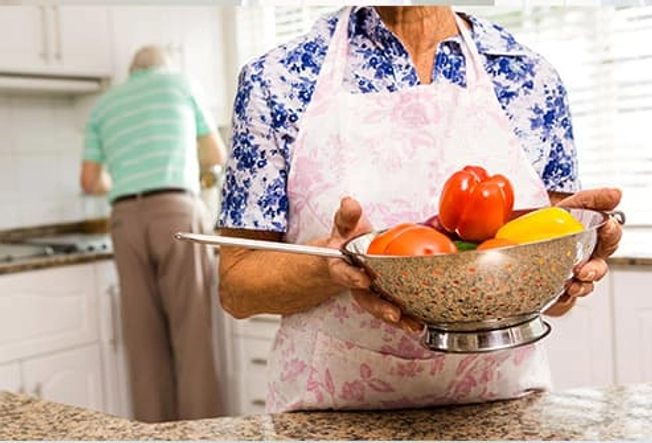
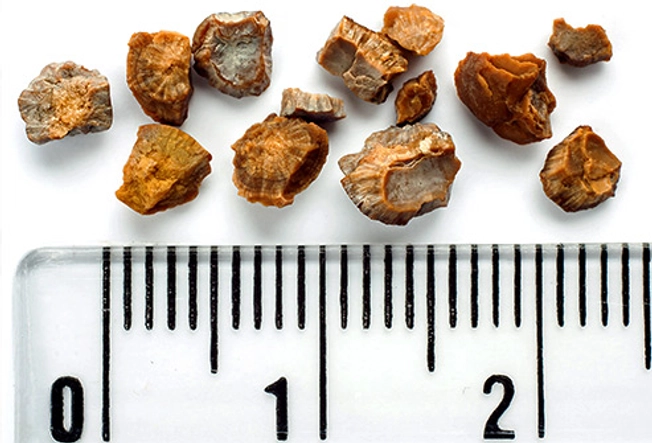

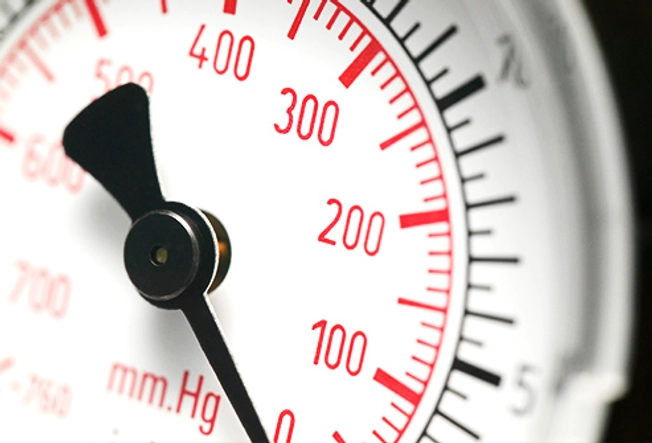
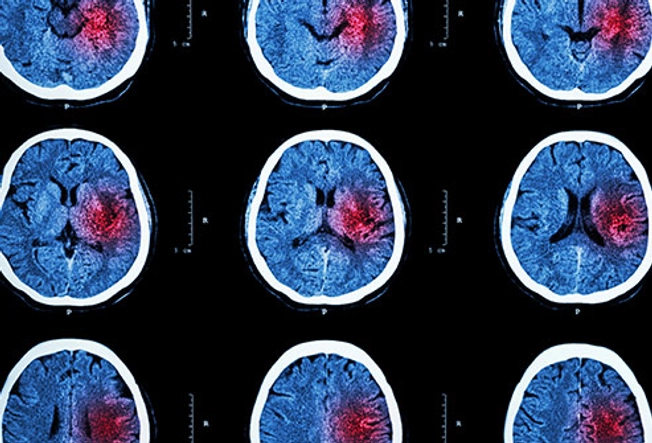
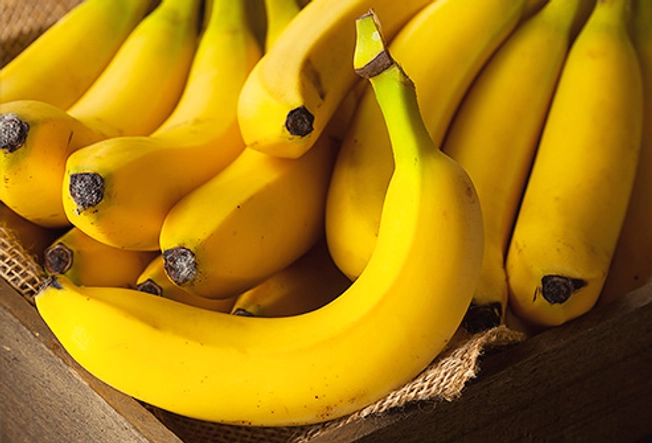
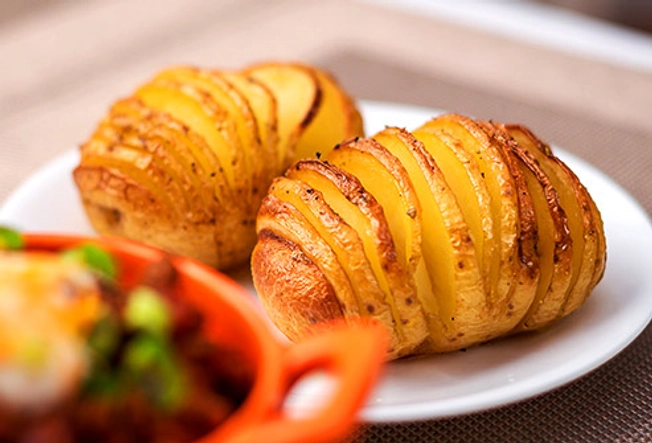
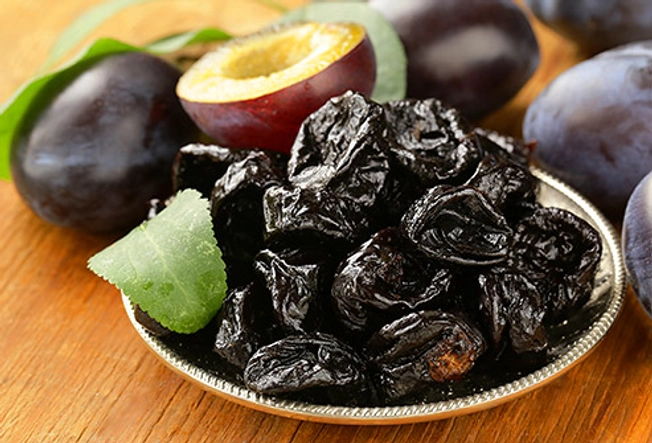
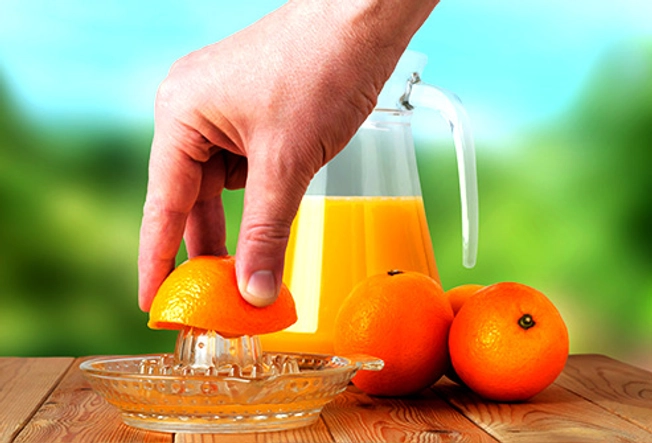
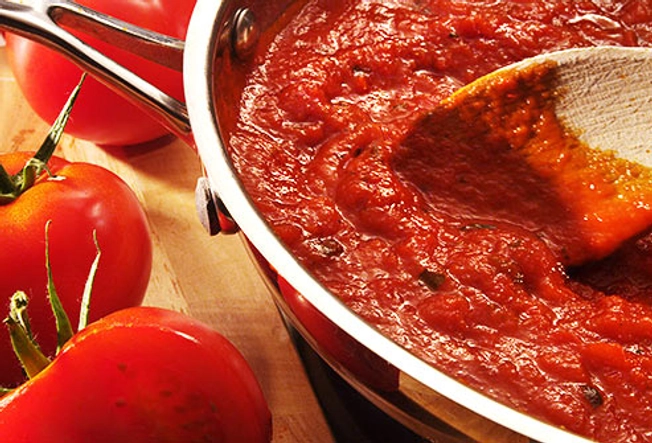
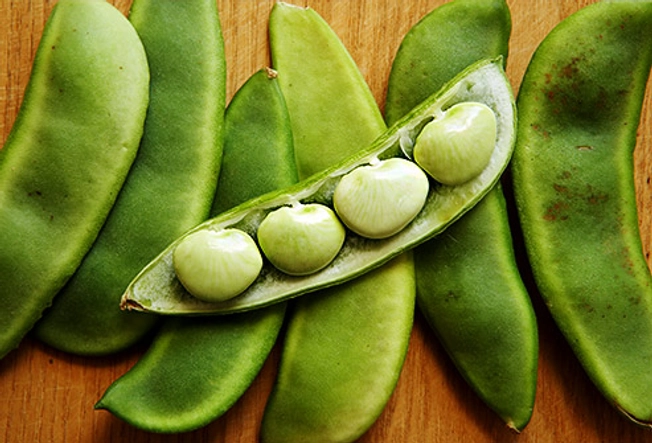
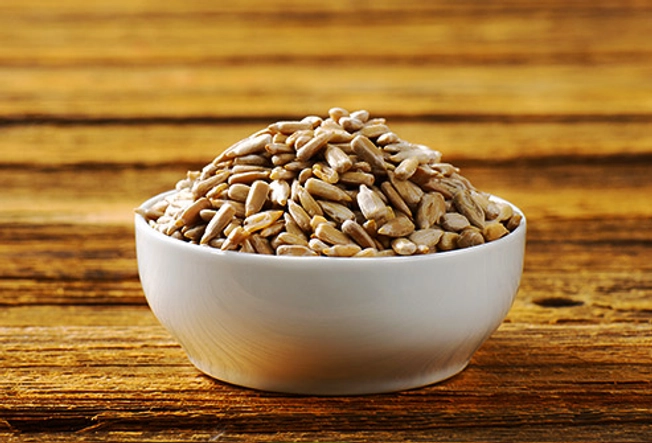
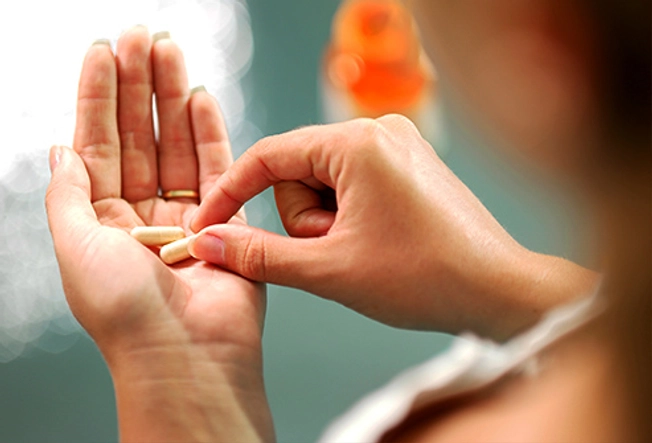

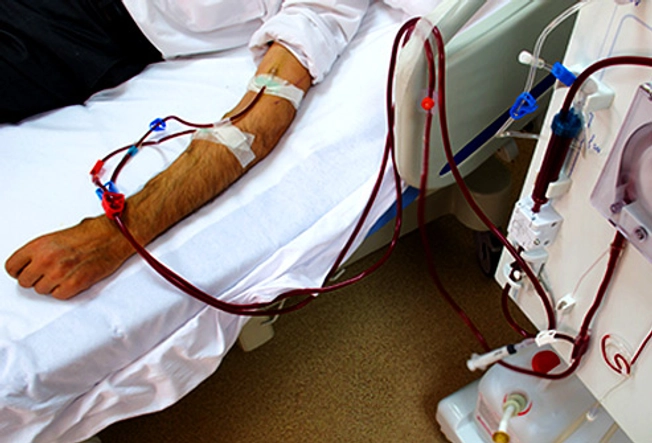
Δεν υπάρχουν σχόλια:
Δημοσίευση σχολίου